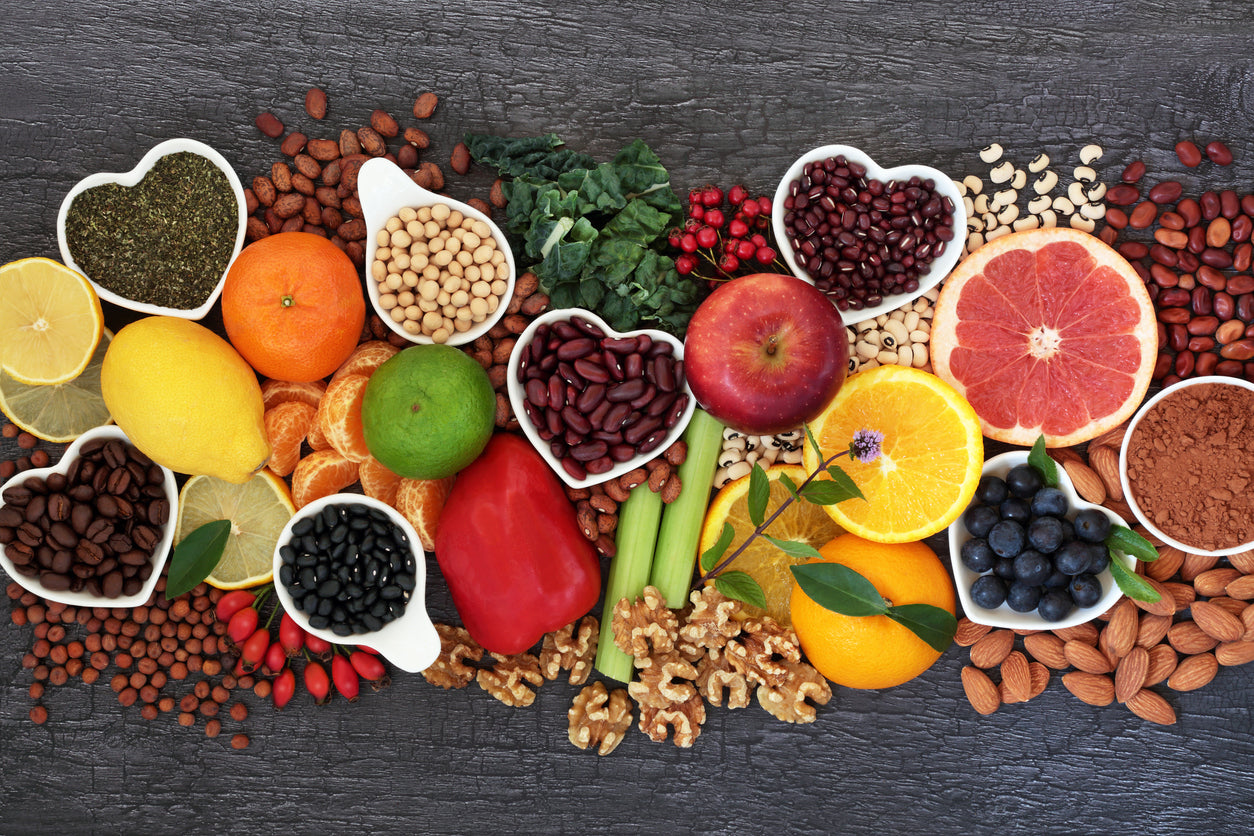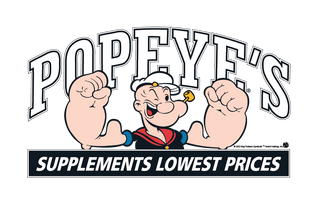
Guiding Women's Nutrition
Nutrition for women has historically been an often-overlooked topic. While it’s great that in the past 20 years, the topic has gotten far more attention, there’s still a long path to travel. Right now, most nutritional advice for women centers around pregnancy and breastfeeding, but this isn’t the only kind of person that needs this kind of attention. Pregnant or not, women deserve to know what they need for nutrition to stay as healthy as possible, regardless of what stage they are at in life.
Importance of Teenage nutrition
Without a doubt, one of the most important periods to receive proper nutrition, regardless of one’s sex, is during childhood and adolescence. This is a major period of physical and psychological development that is massively impactful for one’s life. For women in particular, the characteristics of their diet can affect anything and everything about puberty. For example: Overnutrition (i.e. eating too many calories) will start puberty sooner in prepubescent women, while undernutrition (i.e. eating too few), will delay it.[1]-[2] At the same time, the composition of one’s diet might also lead to certain effects on puberty. For example, removing carbohydrates from one’s diet might delay puberty, as it seems that the regular release of insulin has other downstream effects that might delay hormonal and neurological changes that trigger puberty.[3]
Conditions that affect digestion and nutrient absorption, like Coeliac disease, Crohn’s disease and other gastrointestinal disorders can play a similar role in puberty like undernutrition – mostly because they produce the same effect. Many GI diseases cause damage to the intestinal tract, which leads to the gut being unable to properly absorb nutrients, whether it’s the big ones like proteins and fats, or the small ones like vitamins and minerals.
During puberty, both the mind and body undergo huge changes, especially the brain, which needs a rich supply of omega-3 fatty acids to develop properly. The lack of a particular omega-3, docosahexaenoic acid (Just remember DHA) is known to increase the incidence of mental health issues, mood disorders and even ADHD.[4]
There are also more specific nutritional needs that should be met for an adolescent. Health Canada generally recommends being on the lookout for sufficient intake of vitamins A, C and D, while also looking at fiber, calcium, phosphorus, magnesium, potassium, and zinc. While female adolescents specifically need more of B6, B9 (folate), B12, and iron.[5]
It is important to make sure your kids eat plenty of whole foods – beef, chicken, rice, beans, fruits, veggies, etc. These will be dense in nutrients, while not being dense in calories, which can prevent overeating. If there’s some situation that makes this difficult, consider looking into alternatives, or use supplements to cover the deficit. If you’re ever unsure, a doctor should be able to help guide your decision making to make sure your kids get everything they need.
Everyday Women’s Nutrition
When it comes to daily nutrition, a lot of what you already know and do can go a long way. Eat whole foods, don’t eat when you’re not hungry, treat yourself but don’t go overboard on processed foods, etc. But there are some additional nutritional considerations that should be made to not fall into some common pitfalls that might affect many women.

The biggest one of them all is probably iron. When it comes to iron, a study published in 2023 found that around 16% of premenopausal women had iron-deficient anemia.[6] That doesn’t even count the possible number of women that are low on iron, but not necessarily at the point of anemia. The biggest reason for this is menstruation. The regular loss of blood per month might make it challenging to supply enough iron for all the replacement blood. At the same time, different life challenges might mean you need more or less blood replacement: heavy cycles and athletics will increase your need for blood replacement, and thus, your iron needs.
This is exacerbated by how women will often consume less red meat, on average.[7] This can be in the form of veganism, vegetarianism, pescatarianism, or a dislike for red meat. In any case, the single best source of iron is removed from your diet, which can make getting enough dietary iron more difficult.
There are a lot of foods that are rich in iron like nuts, fruits, legumes, and dark leafy greens, but the difference is that it’s non-heme iron. Heme is the iron-containing part of our red blood cells that trap and carry oxygen around the body. Its also the best digested form of dietary iron. The iron you find in meat is heme iron. Iron in the non-meat sources is non-heme iron, and not well absorbed, which means its not getting use. The best ways to fix this are: integrate some red meat (1-2 times per week should do it) into your diet – but this isn’t an option for some. Instead, you can add vitamin C to your meals that contain a rich non-heme iron source, which improves its absorption,[8] or you can take an iron supplement. Depending on your conditions, these might no be enough, so always seek the help of a doctor or dietician if you’re struggling.
It's a similar story for vitamin B12. Red meat and other meat products are some of the only ways we can get vitamin B12 in our diet.[9] Technically, our gut bacteria can make it out of the fibers we eat, but the place that happens is after the place we absorb B12. Usually, the best answer is finding whatever source of B12 works best for you – some fortified foods, like cereal, and integrate it into your diet. But if that’s still not an option, then the only other choice is picking up a B12 supplement – though if you’re skipping the meat, other B vitamins might be tough to get, like B6 and folate, so a B complex might be more holistically helpful overall.
Another overlooked part of women’s nutrition are Omega-3 fatty acids – usually found best in fish oil, but vegan alternatives are becoming more and more popular, too. Specifically, the omega-3 fatty acids known as EPA and DHA are key anti-inflammatory fatty acids, that are mostly found in fish - hence the importance of fish oil. Omega-3s from plant sources like flaxseed, nuts and hemp, are ALA, which is a different omega-3 fatty acid, and while still good, doesn’t do what EPA and DHA do.[10] ALA does have some conversion to EPA and DHA, but the percentage is very low, and not nearly enough to get what you need.[11] That’s why, traditionally, fatty fish, or fish oils are used to get what you need. Some new vegan omega-3 supplements contain strong amounts of EPA and DHA.
The reason for EPA and DHA’s importance is in its wide array of positive effects, including cardiovascular health,[12] bone health,[13] mental health[14] and inflammation,[15] but particular to women are its importance in managing hormone health and how hormones are synthesized and reacted to throughout the body. A higher content of EPA and DHA can, for example, reduce the pain of menstrual cramps.[16] The anti-inflammatory activity of EPA and DHA specifically are very important when it comes to improving reproductive health in women, as issues like Premenstrual Syndrome and endometriosis[17] have inflammation-directed elements to them.

Menopause
You can explore our previous blog for an in-depth look at menopause nutrition and its underlying mechanisms, but here are some key takeaways:
The main things that happen in menopause is a shift in priority: menstruation stops, so replacing blood is not as big a concern – the need for iron and B12 goes down but doesn’t disappear! Because of the loss of estrogen, bone strength and antioxidant protections begin to decay, so your diet and nutrition should shift to accommodate that.
To help your bone strength, Vitamin D and Calcium should be thought of – either in your diet or in supplements. However, adding in collagen has been known to improve bone formation and reduce bone degradation in menopausal women.[18] When it comes to antioxidant protection, resveratrol is always a strong recommendation, but anything rich in polyphenols, like berries, coffee, tea, spices, or beans will all be good additions to your diet that will help bolster your protective mechanisms and reduce instances of disease.
Pregnancy
This is another area we have existing blog posts about, if you want the full details of what was discussed, read it here! Otherwise, here are the cliff notes:
Vitamin D and folic acid are two very important vitamins you want to make sure you have plenty of, coupled with iron and magnesium, both of which are in very high demand and can be difficult to get enough of, depending on what kind of diet you have. Fish oil, specifically DHA and EPA like we discussed earlier are important for infant cognitive development,[19] so making sure your intake is at recommended levels, at the very least, should be an important priority for healthy fetal development.
Probiotics are also another thing that you can take, which help support a healthy bacterial environment in the mother, which has been shown to improve overall child health. For example, mothers taking probiotics during pregnancy appear to lead to fewer instances of their children developing eczema.[20] Given the links between eczema and immune health, this is a very positive trend to note.
Keeping Healthy Across One’s Life
This should at least be a good start to help you go in the right direction and give more awareness as to what you should watch out for. Nutritional needs for a woman will shift throughout her life, the ability and knowledge to adjust her diet and nutrition in reflection of that is crucial for both lifespan, and quality of life. We still have a lot to learn when it comes to what kind of nutrition is needed for women, but these are the initial steps in a very long-lasting and important project that will last throughout one’s life.
References:
[1] https://www.ncbi.nlm.nih.gov/pmc/articles/PMC4266867/
[2] https://www.ncbi.nlm.nih.gov/books/NBK525242/
[3] https://pubmed.ncbi.nlm.nih.gov/28845625/
[4] https://www.ncbi.nlm.nih.gov/pmc/articles/PMC7468918/
[5] https://food-guide.canada.ca/en/applying-guidelines/nutrition-considerations-children-adolescents/#later-childhood-adolescence
[6] https://pubmed.ncbi.nlm.nih.gov/36788041/
[7] https://www.ncbi.nlm.nih.gov/pmc/articles/PMC7796493/
[8] https://pubmed.ncbi.nlm.nih.gov/6940487/
[9] https://ods.od.nih.gov/factsheets/VitaminB12-HealthProfessional/
[10] https://ods.od.nih.gov/factsheets/Omega3FattyAcids-HealthProfessional/
[11] https://ods.od.nih.gov/factsheets/Omega3FattyAcids-HealthProfessional/
[12] https://www.thelancet.com/journals/eclinm/article/PIIS2589-5370(21)00277-7/fulltext
[13] https://pubmed.ncbi.nlm.nih.gov/32548903/
[14] https://www.ncbi.nlm.nih.gov/pmc/articles/PMC6683166/
[15] https://pubmed.ncbi.nlm.nih.gov/28900017/
[16] https://pubmed.ncbi.nlm.nih.gov/22261128/
[17] https://www.ncbi.nlm.nih.gov/pmc/articles/PMC8836207/
[18] https://www.ncbi.nlm.nih.gov/pmc/articles/PMC5793325/





